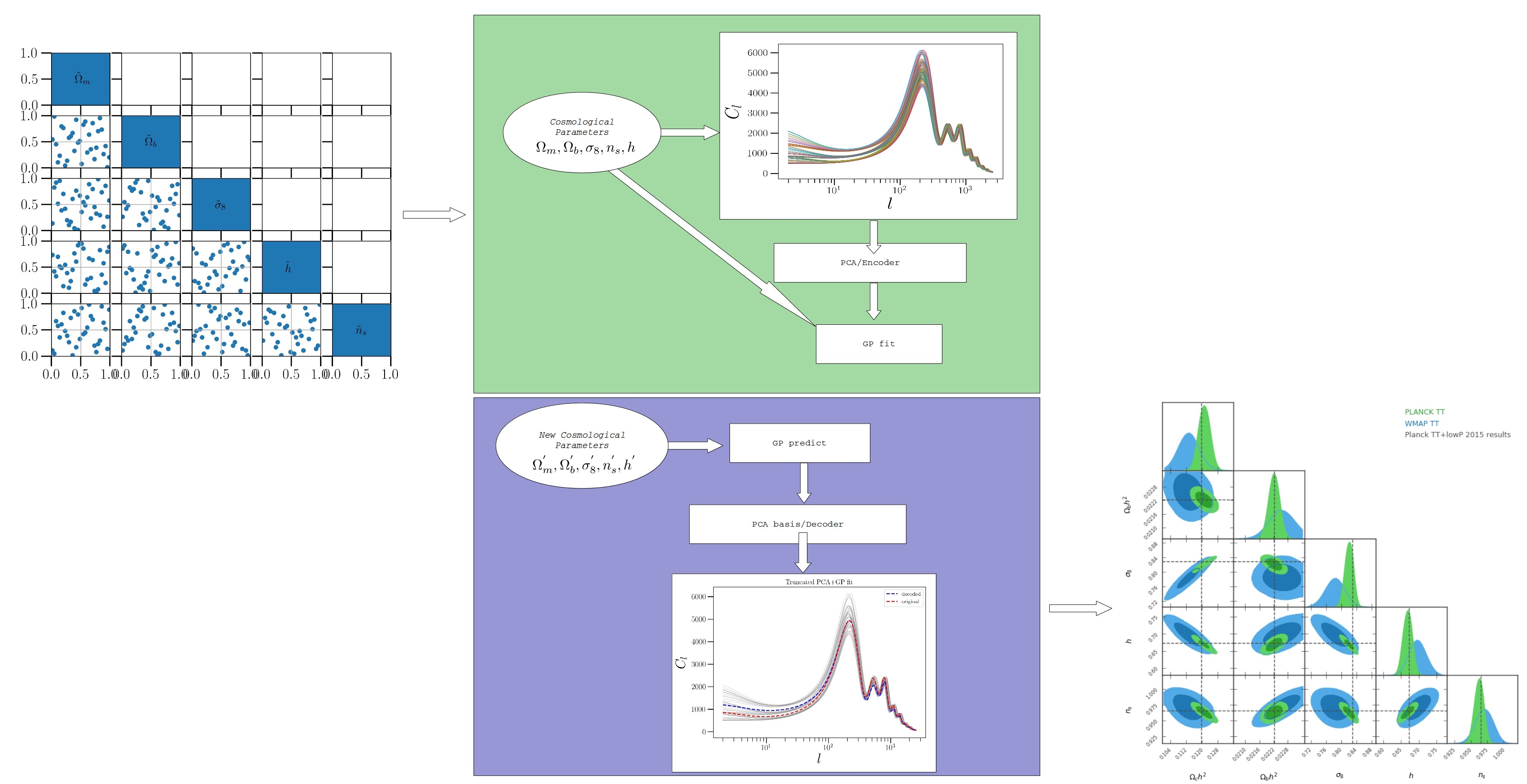Convolutional Neural Networks for Strong lensing analysis
Over 100,000 galaxy-scale strong lenses are estimated to be detected from large sky surveys such as the Large Synoptic Survey Telescope (LSST), Euclid, and the Wide-Field Infrared Survey Telescope (WFIRST). Population statistics of the strong gravitational lenses could provide insights about matter density profiles, probe the evolution of lensing media, and, constrain cosmological parameters. This necessitates robust, automated pipelines for detection and analysis of gravitational lenses.
We explored the possibility of utilizing Deep Learning algorithms for high energy physics applications – specifically for the proton-proton collisions at the Large Hadron Collider, and mock LSST strong lensing images. A Convolutional Neural Network (CNNs) was trained using simulated galaxy-galaxy lensing images.

We reached about 90 percent accuracy in classification of images as lensing or non-lensing with a relatively small training set of 8,000 images. These codes were run on some of the largest supercomputers in the world – including Cori and Edison at the National Energy Research Scientific Computing Center, Cooley, Theta, and other state-of-the-art GPU facilities at Argonne. Highlights of this research are featured in http://hepcce.org/?page_id=2400.
The codes are publicly made available: https://github.com/hep-cce/ml_classification_studies/tree/master/cosmoDNN/Classification
Emulating cosmological functions using Deep Neural networks
Potential avenues of deep learning applications for astrophysical analyses are currently being investigated. Majority of these frameworks are geared towards astronomical image studies, in anticipation of large amount of observational data from future sky surveys. The role of Neural Networks, however, may have wider impact on our understanding of our Universe. Some of these applications include emulators of cosmological functions, astrophysical parameter inference models and uncertainty quantification. We present application of one such neural network architecture, a Variational Autoencoder (VAE) in dimensionality reduction of cosmological data. We illustrate that a nonlinear encoding of information from VAE coupled with Gaussian Processes can be used for accurate emulation of cosmic microwave background power spectrum. This analysis not only provides a unique insight into the latent space of the autoencoder, but also enables fast generation of high-fidelity data. The CMB spectra emulation is currently done with sub-percent error and covers a wide range of cosmological parameters.
We illustrate that a nonlinear encoding of information from VAE coupled with Gaussian Processes can be used for accurate emulation of cosmic microwave background power spectrum. This analysis not only provides a unique insight into the latent space of the autoencoder, but also enables fast generation of high-fidelity data. The CMB spectra emulation is currently done with sub-percent error and covers a wide range of cosmological parameters.
SciDAC-4 Home
